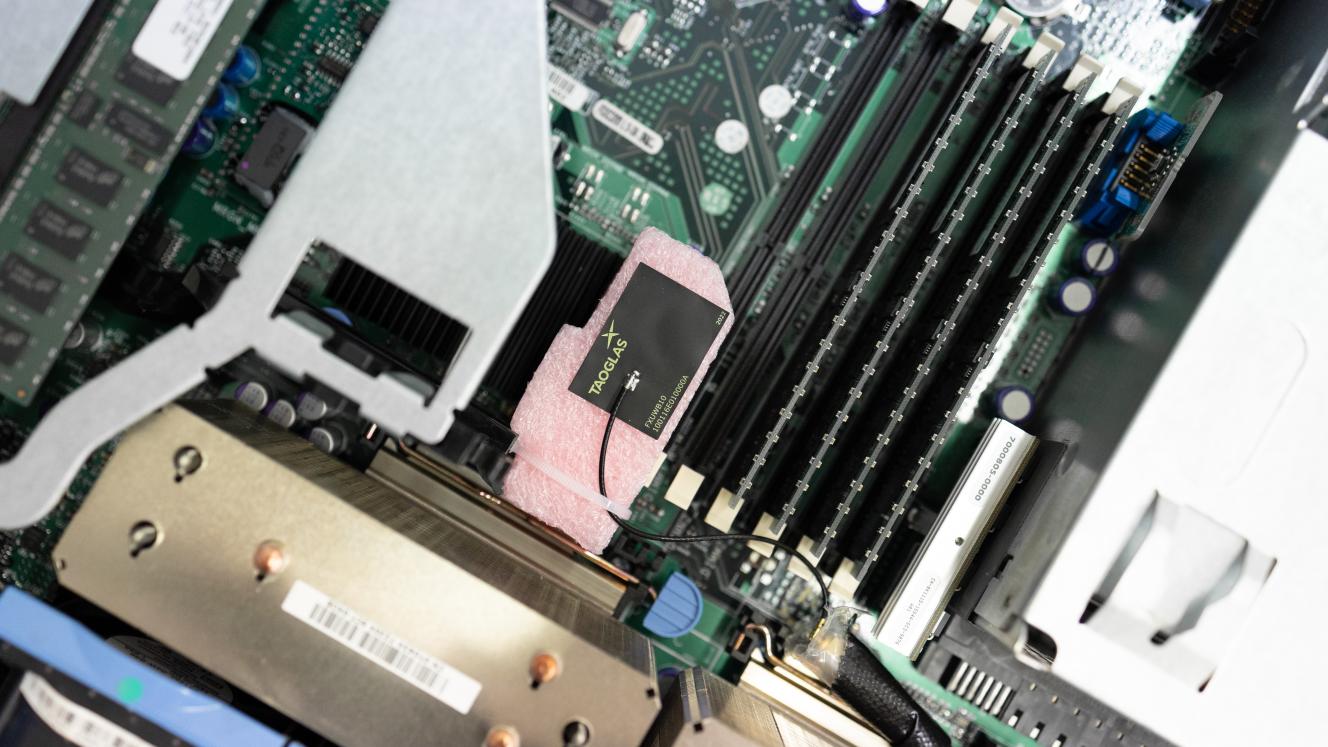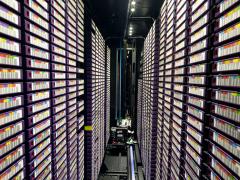Read about:
Research show radio waves could protect computers
Radio waves could protect computers, as well as card readers, from attacks on their hardware. As a team from the Max Planck Institute for Security and Privacy in Bochum and the Ruhr University in Bochum has shown, the signal from one antenna in a device generates a characteristic electromagnetic pattern that is received by a second antenna. If an attacker manipulates the device with a wire, for example, the radio wave pattern changes and blows the whistle on the manipulation like an alarm system.
How digitally tuneable filters enable wideband receiver applications
In today’s multichannel, wideband multi-octave tuning RF receivers, it is often necessary to eliminate unwanted blockers to preserve the fidelity of signals of interest. Filters have played an essential role in reducing these unwanted signals, particularly in the receiver RF front end and local oscillator (LO) portions of these systems. This article will explore filters within RF signal chains, discuss the concept of blocker signals, review traditional filtering technologies, and conclude with the latest product solutions for optimising signal chain performance.
Digital twins reinvent how to harness data for business innovation
Artificial intelligence (AI), machine learning (ML), and the Internet of Things (IoT) have exponentially expanded the universe of identity points for organisations. Whether it comes from a customer or an abstracted ‘thing’, there is an influx of data to the cloud, which companies use to drive decision-making. However, the increasingly complex regulatory environment means businesses must tread carefully when collecting, storing, and using data. This is where the use of digital twins becomes a game-changer.
Advanced operating conditions require processes all working together in a complex dance – from PID to MPC
Business sustainability is dependent on optimising return on investment (ROI) from fit for purpose, value-driven solutions. Due to the complexity of the required control conditions, companies are starting to turn to model predictive control (MPC) to assist in decision- making as more solutions become available due to the impact of artificial intelligence and machine learning. Historically, many process controllers tuned their processes using PID single input, single output (SISO) systems; some would even argue the relevance of PID today. However, the multiple input, multiple output (MIMO) capability of the MPC methodology is just more advanced and reaches the desired result faster. Furthermore, MPC should be more effective than normal PID controls as it uses algorithms to predict outcomes based on current operating conditions and effect changes to setpoints to improve performance, reduce fluctuations and prevent future adverse process conditions.














